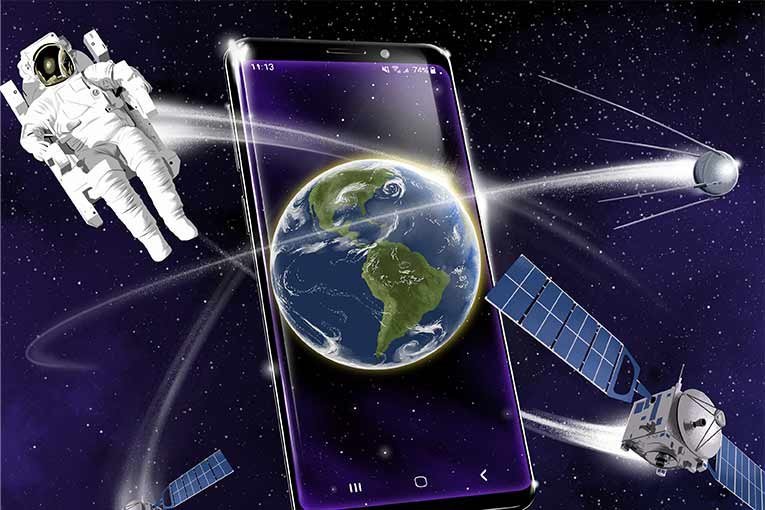The Impact of NASA’s Innovations on Everyday Technology
When we think of NASA, we often associate it with space exploration and scientific discoveries beyond our planet. However, the innovations developed by NASA have had a profound impact on everyday technology that we use in our lives. From GPS technology to memory foam mattresses, NASA’s research and development efforts have revolutionized various industries and improved daily life for people around the world.
GPS Technology
One of the most significant contributions of NASA to everyday technology is the Global Positioning System (GPS). Originally developed for space missions, GPS has now become an integral part of our daily lives. Whether we are navigating through traffic with our smartphones or tracking packages for delivery, GPS technology has made location-based services accessible and reliable. The accuracy and precision of GPS have revolutionized transportation, logistics, and even outdoor activities like hiking and camping.
Memory Foam
Another invention that originated from NASA’s research is memory foam. Originally developed to improve the safety and comfort of aircraft seats, memory foam has now found its way into mattresses, pillows, and even footwear. The unique properties of memory foam, such as its ability to conform to the body shape and distribute pressure evenly, have revolutionized the sleep industry. Many people around the world now enjoy a better night’s rest thanks to this NASA innovation.
Water Purification Systems
NASA’s advancements in water purification systems have also had a significant impact on everyday technology. In space missions, water is a precious resource, and NASA has developed innovative technologies to recycle and purify water for astronauts. These advancements have been adapted for use on Earth, particularly in areas where access to clean water is limited. NASA’s water purification systems have helped improve public health and sanitation in remote regions and during natural disasters.
Solar Panels
Solar panels, which are now commonly used to generate electricity from sunlight, have their roots in NASA’s research on spacecraft power systems. Solar panels play a crucial role in renewable energy production and have become increasingly popular for residential and commercial use. By harnessing the power of the sun, solar panels help reduce carbon emissions and dependence on fossil fuels. NASA’s contributions to solar panel technology have paved the way for a more sustainable future.
Impact on Various Industries
NASA’s innovations have not only influenced consumer products but have also transformed various industries. The aerospace industry, healthcare sector, and environmental technology field have all benefited from NASA’s research and development efforts. Technologies such as lightweight materials, robotics, and remote sensing have found applications beyond space exploration, leading to advancements in aircraft design, medical imaging, and environmental monitoring.
Improving Daily Life
Overall, NASA’s innovations have had a profound impact on improving daily life for people around the world. Whether it is through the development of life-saving medical devices, energy-efficient technologies, or enhanced communication systems, NASA’s contributions have touched almost every aspect of modern living. The spirit of innovation and problem-solving that drives NASA’s missions continues to inspire new technologies and solutions that benefit society as a whole.
NASA’s innovations have revolutionized everyday technology in ways that we may not always realize. From GPS technology to memory foam mattresses, NASA’s research and development efforts have led to groundbreaking inventions that have become integral parts of our daily lives. By pushing the boundaries of science and technology, NASA continues to drive progress and inspire future generations of innovators.







